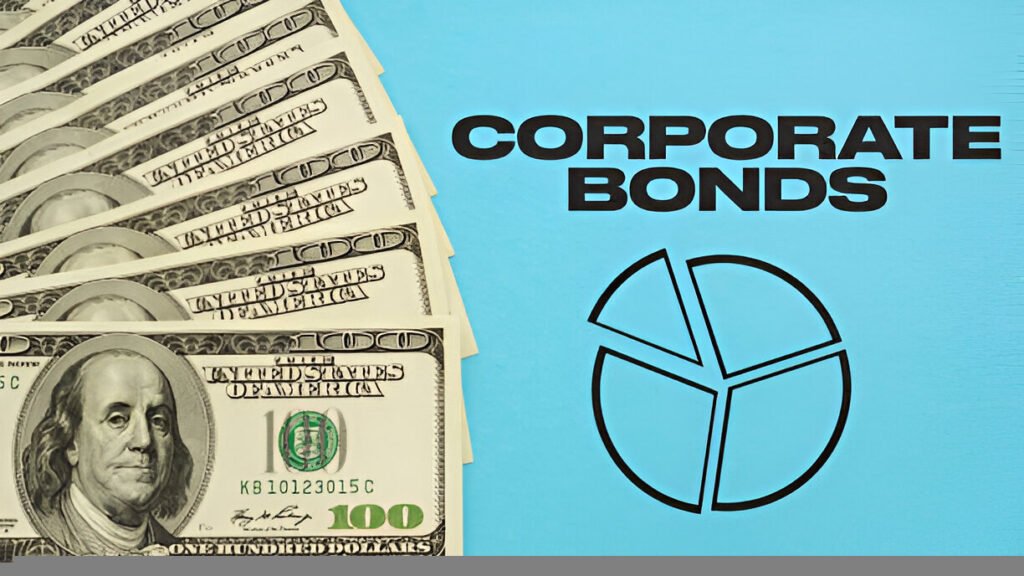As an investor, I always look for stable income streams with reasonable risk. Corporate bonds fit this need, offering higher yields than government securities while maintaining manageable risk levels. In 2025, certain corporate bonds stand out due to strong fundamentals, favorable macroeconomic conditions, and issuer credibility. Below, I analyze the 7 best corporate bonds to buy and hold in 2025, diving deep into credit ratings, yield spreads, and issuer financials.
Table of Contents
Why Corporate Bonds in 2025?
Corporate bonds provide predictable cash flows, making them ideal for buy-and-hold strategies. The Federal Reserve’s expected rate cuts in late 2024 and 2025 may push bond prices higher, offering capital appreciation alongside coupon payments. I prefer investment-grade bonds (BBB- or higher) to balance yield and safety.
Key Metrics to Evaluate Corporate Bonds
Before listing my top picks, I assess bonds using:
- Yield to Maturity (YTM): The total return if held to maturity, accounting for price and coupon.
YTM = \left( \frac{C + \frac{F-P}{n}}{\frac{F+P}{2}} \right)
Where:
- C = Annual coupon payment
- F = Face value
- P = Purchase price
- n = Years to maturity
- Credit Spread: The yield difference between corporate bonds and risk-free Treasuries. Wider spreads indicate higher perceived risk.
- Duration: Measures price sensitivity to interest rate changes. Lower duration means less volatility.
- Issuer Financial Health: Debt-to-EBITDA, interest coverage ratio, and free cash flow stability.
The 7 Best Corporate Bonds for 2025
1. Microsoft Corp. (MSFT) – 3.95% 2035
- Rating: AAA (S&P)
- YTM: 4.2%
- Spread: +120 bps over 10Y Treasury
Microsoft’s cloud dominance (Azure, Office 365) ensures steady cash flows. Its balance sheet holds over \$80B in cash, minimizing default risk. The 2035 bond offers a solid yield with minimal credit risk.
2. Johnson & Johnson (JNJ) – 2.55% 2030
- Rating: AAA
- YTM: 3.8%
- Spread: +90 bps
JNJ’s pharmaceutical and consumer health segments provide recession-resistant income. The 2030 bond has a short duration (D = 5.2), reducing interest rate risk.
3. Berkshire Hathaway (BRK.B) – 4.20% 2052
- Rating: AA+
- YTM: 5.1%
- Spread: +180 bps
Warren Buffett’s conglomerate has a diversified revenue stream (insurance, railroads, energy). The long-dated 2052 bond suits investors seeking higher yields without junk-rated risk.
4. Apple Inc. (AAPL) – 4.65% 2045
- Rating: AA+
- YTM: 4.9%
- Spread: +160 bps
Apple’s \$110B annual free cash flow supports its bond payments. The 2045 bond benefits from brand loyalty and services growth (iCloud, Apple Pay).
5. Verizon Communications (VZ) – 5.25% 2033
- Rating: BBB+
- YTM: 6.0%
- Spread: +240 bps
Verizon’s telecom infrastructure generates stable cash flows. Though leveraged (\text{Debt/EBITDA} = 3.2x), its 5G expansion justifies the higher yield.
6. Procter & Gamble (PG) – 3.55% 2032
- Rating: AA-
- YTM: 4.3%
- Spread: +110 bps
PG’s household brands (Tide, Pampers) ensure demand in all economic cycles. The 2032 bond offers a defensive play with modest duration risk.
7. ExxonMobil (XOM) – 4.80% 2040
- Rating: AA-
- YTM: 5.4%
- Spread: +200 bps
Oil prices above \$70\ barrel bolster Exxon’s earnings. The 2040 bond benefits from energy sector tailwinds and a 6.7\% FCF yield.
Comparative Analysis
| Issuer | Coupon | Maturity | YTM | Rating | Spread (bps) |
|---|---|---|---|---|---|
| Microsoft | 3.95% | 2035 | 4.2% | AAA | 120 |
| Johnson & Johnson | 2.55% | 2030 | 3.8% | AAA | 90 |
| Berkshire | 4.20% | 2052 | 5.1% | AA+ | 180 |
| Apple | 4.65% | 2045 | 4.9% | AA+ | 160 |
| Verizon | 5.25% | 2033 | 6.0% | BBB+ | 240 |
| Procter & Gamble | 3.55% | 2032 | 4.3% | AA- | 110 |
| ExxonMobil | 4.80% | 2040 | 5.4% | AA- | 200 |
Risks to Consider
- Interest Rate Risk: If the Fed hikes rates, bond prices may fall.
- Credit Risk: BBB-rated bonds (like Verizon) face higher default risk in recessions.
- Liquidity Risk: Long-dated bonds (2052) may be harder to sell at fair prices.
Final Thoughts
I prioritize bonds from firms with strong cash flows, low debt, and sector resilience. Microsoft and JNJ offer safety, while Exxon and Verizon provide higher yields. For 2025, a laddered portfolio (mixing maturities) balances yield and reinvestment flexibility.




